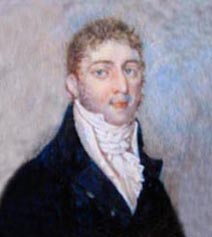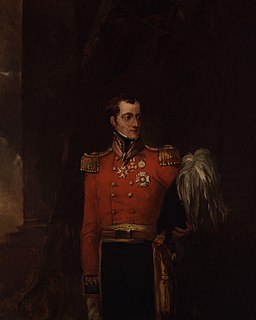
The Napoleonic era is a period in the history of France and Europe. It is generally classified as including the fourth and final stage of the French Revolution, the first being the National Assembly, the second being the Legislative Assembly, and the third being the Directory. The Napoleonic era begins roughly with Napoleon Bonaparte's coup d'état, overthrowing the Directory, establishing the French Consulate, and ends during the Hundred Days and his defeat at the Battle of Waterloo. The Congress of Vienna soon set out to restore Europe to pre-French Revolution days. Napoleon brought political stability to a land torn by revolution and war. He made peace with the Roman Catholic Church and reversed the most radical religious policies of the Convention. In 1804 Napoleon promulgated the Civil Code, a revised body of civil law, which also helped stabilize French society. The Civil Code affirmed the political and legal equality of all adult men and established a merit-based society in which individuals advanced in education and employment because of talent rather than birth or social standing. The Civil Code confirmed many of the moderate revolutionary policies of the National Assembly but retracted measures passed by the more radical Convention. The code restored patriarchal authority in the family, for example, by making women and children subservient to male heads of households.

Francis Perceval Eliot was an English soldier, auditor, and man of letters. In 1814 he succeeded his half-brother as Count Eliot, however he did not feel it was proper to assume the title.

Field Marshal Sir William Maynard Gomm was a British Army officer. After taking part in the Anglo-Russian invasion of Holland, he served in most of the battles of the Napoleonic Wars. During the Hundred Days he took part in both the Battle of Quatre Bras and the Battle of Waterloo. He went on to be Commander of the troops in Jamaica and in that role established new barracks at Newcastle, Jamaica, high in the mountains. After that he became Governor of Mauritius and, finally, Commander-in-Chief, India, in which role he introduced promotion examinations for officers.

Vice-Admiral The Honourable Sir Henry Hotham was officer of the British Royal Navy who served during the French Revolutionary, Napoleonic Wars, and the War of 1812, was later a member of the Board of Admiralty, and ended his career as Commander-in-Chief of the Mediterranean Fleet.
During the French Revolutionary and Napoleonic Wars the British Royal Navy made use of hired armed vessels, one of which was His Majesty's hired armed cutter Nimrod. Three such vessels are recorded, but the descriptions of these vessels and the dates of their service are such that they may well represent one vessel under successive contracts. The vessel or vessels cruised, blockaded, carried despatches, and performed reconnaissance.
Lieutenant-General Sir James Frederick Lyon (1775–1842) was an distinguished officer of the British Army who served as Governor of Barbados from 1829 to 1833.
HMS Quebec was a 32-gun fifth rate frigate launched in 1781 and broken up in 1816. She sailed under various captains, participating in the American War of Independence, the French Revolutionary Wars, and the Napoleonic Wars. During these wars she captured many enemy merchantmen and smaller privateers in northern or Caribbean waters. She was built by George Parsons at Bursledon, Hampshire.

Prévoyante was the second of two flûtes built to a design by Raymond-Antoine Haran. She was launched in May 1793 at Bayonne. The British frigates HMS Thetis and HMS Hussar captured Prévoyante in 1795 and the British took her into the Royal Navy after first converting her to a fifth rate. She served as a frigate until 1800, when she underwent reconversion back to a store ship. As a store ship she sailed to the Mediterranean, Cape of Good Hope, and Quebec. She was sold for breaking up in July 1819.
His Majesty's hired armed ship Prince William served the Royal Navy on two contracts, one during the French Revolutionary Wars and one during the Napoleonic Wars. She had been built in 1797, and was returned to her owners at the end of each contract.
William Moffat was an English banker, merchant and politician.
Lieutenant-General James Butler was an officer of the British Army.
The Governor of Inverness or Governor of Fort George and Fort Augustus was a British Army officer who commanded the garrisons at Fort George and Fort Augustus in Inverness-shire. The office became a sinecure and was abolished in 1833.






